A scientific research group at Kyoto University (Japan) recently announced that it has successfully created thymic epithelial cells from human induced pluripotent stem cells (iPS).
These are “ teacher ” cells that teach the immune system how to attack pathogens, but not attack other cells in the body. A groundbreaking research result that is expected to open up applications in the treatment of diseases caused by immune disorders and cancer.
According to a VNA reporter in Tokyo, the results of this research by a scientific research group led by Professor Yoko Hamasaki of the Kyoto University iPS Cell Research Institute (CiRA) were published in the scientific journal Nature Communications (UK) on August 25.
The thymus is an organ located above the heart that produces “T cells” - cells that play a central role in the immune response.
Thymic epithelial cells train “T cells” not to attack the body's own cells, and help them recognize signs of cancer cells or viruses.
However, thymus tissue decreases as people age, and this is considered one of the reasons why immune function weakens with age.
The team discovered that adding a substance called retinoic acid to iPS-derived cells could trigger the expression of genes characteristic of thymic epithelial cells. Based on this finding, they cultured the iPS and succeeded in generating thymic epithelial cells.
By combining these engineered thymic epithelial cells with “T cell” precursors taken from human thymuses and regenerating the thymus tissue in 3D, the team was able to obtain multiple types of “T cells” that could respond to a variety of antigens.
In advanced cancer treatments, creating powerful “T cells” that can remember the signs of cancer cells and then transplant them back into patients is receiving much attention, but cancer cells have the ability to evade by changing their antigens, making it difficult for “T cells” to attack.
If artificial thymus tissue can be used to create more diverse types of “T cells,” it is expected that the effectiveness of attacking cancer cells will be higher than with current methods.
Speaking to the press on August 25, Professor Hamasaki said: “We want to develop a way to create thymus tissue outside the body to produce diverse T cells and then transplant them back into the human body. This could be a new option in treating congenital diseases without thymus or in cancer therapy.”
Source: https://www.vietnamplus.vn/co-hoi-moi-dieu-tri-ung-thu-tu-phat-hien-dot-pha-ve-te-bao-giao-duc-post1058043.vnp




![[Photo] Many people eagerly await the preliminary review despite heavy rain](https://vphoto.vietnam.vn/thumb/1200x675/vietnam/resource/IMAGE/2025/8/27/4dc782c65c1244b196890448bafa9b69)
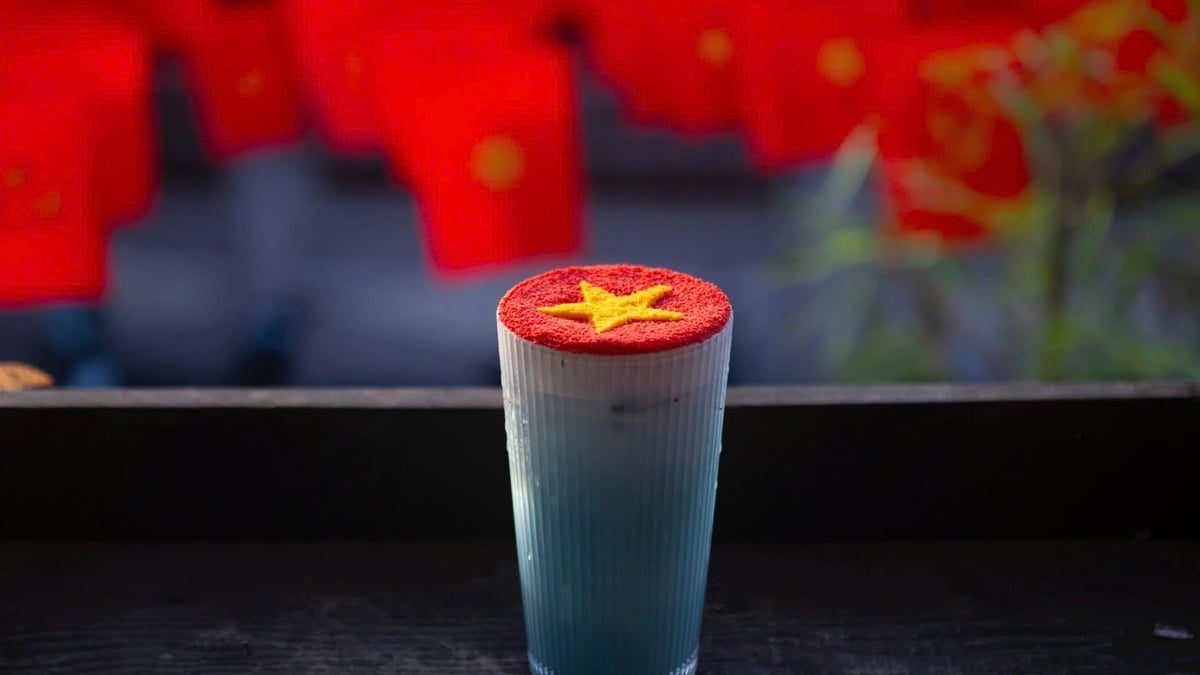

![[Photo] Prime Minister Pham Minh Chinh chairs meeting of National Steering Committee on International Integration](https://vphoto.vietnam.vn/thumb/1200x675/vietnam/resource/IMAGE/2025/8/26/9d34a506f9fb42ac90a48179fc89abb3)
![[Photo] Brilliant red of the exhibition 95 years of the Party Flag lighting the way before the opening](https://vphoto.vietnam.vn/thumb/1200x675/vietnam/resource/IMAGE/2025/8/27/e19d957d17f649648ca14ce6cc4d8dd4)
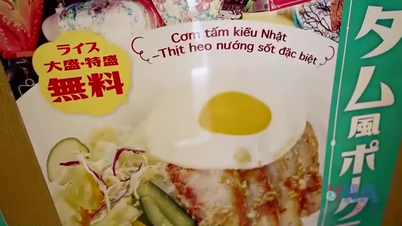
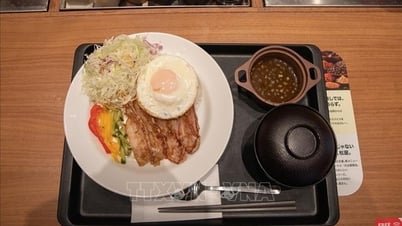

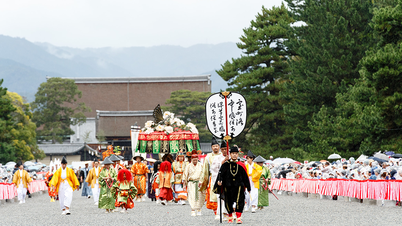

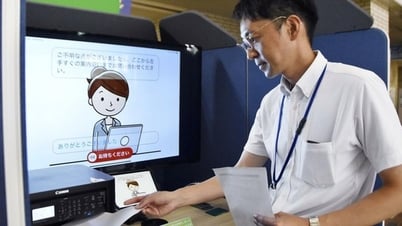






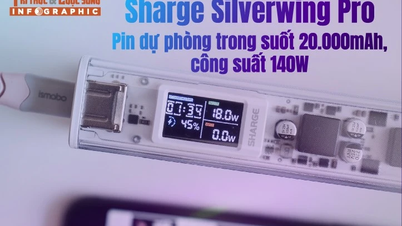
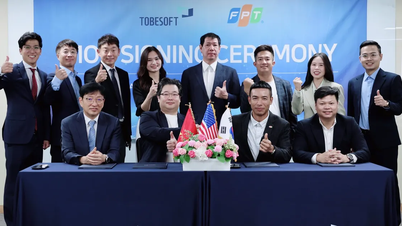


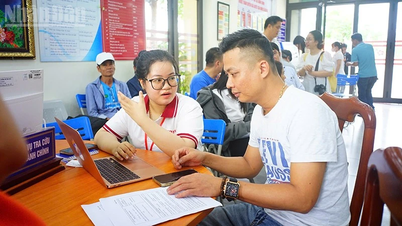






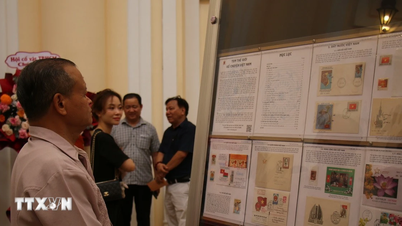
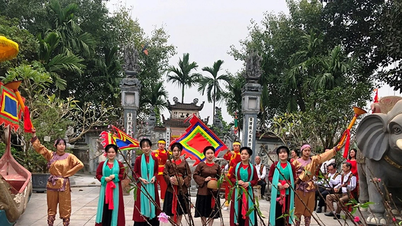

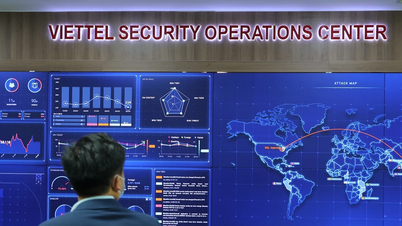
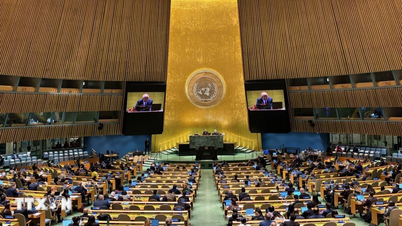




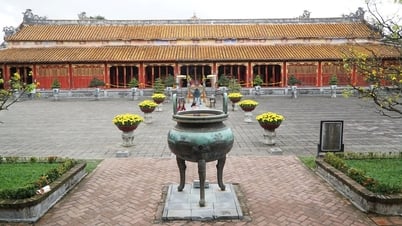

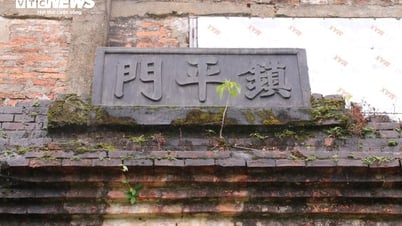

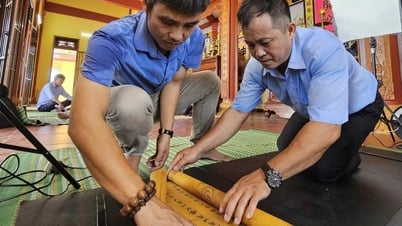




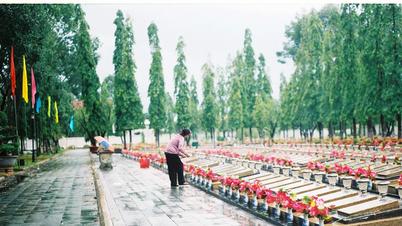
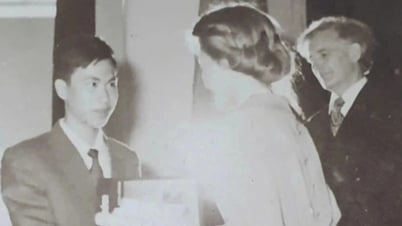

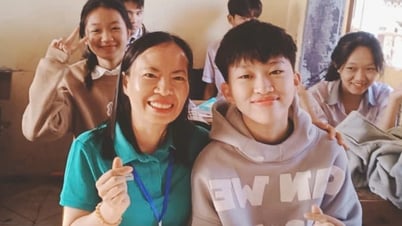



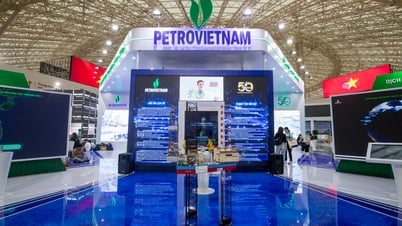








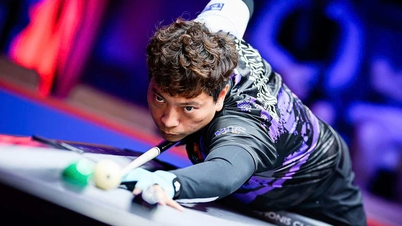

![[Photo] General Secretary To Lam attends Meeting with generations of National Assembly deputies](https://vphoto.vietnam.vn/thumb/402x226/vietnam/resource/IMAGE/2025/8/27/a79fc06e4aa744c9a4b7fa7dfef8a266)


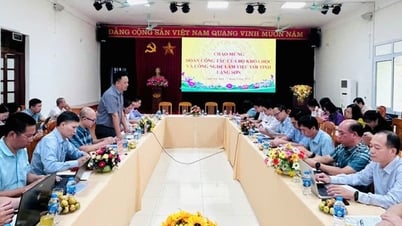





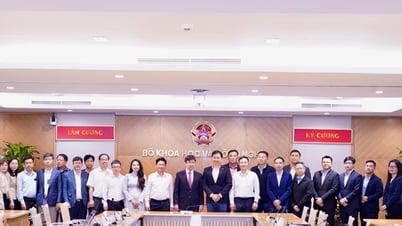
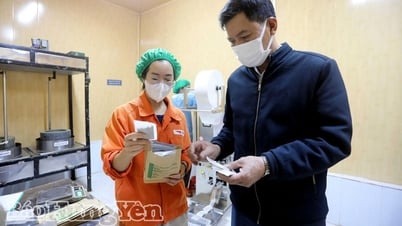










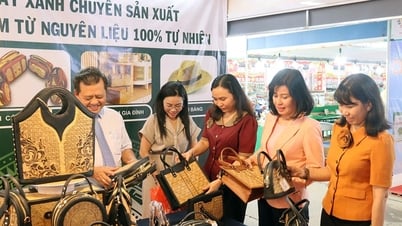
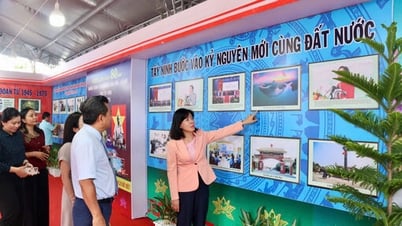










Comment (0)